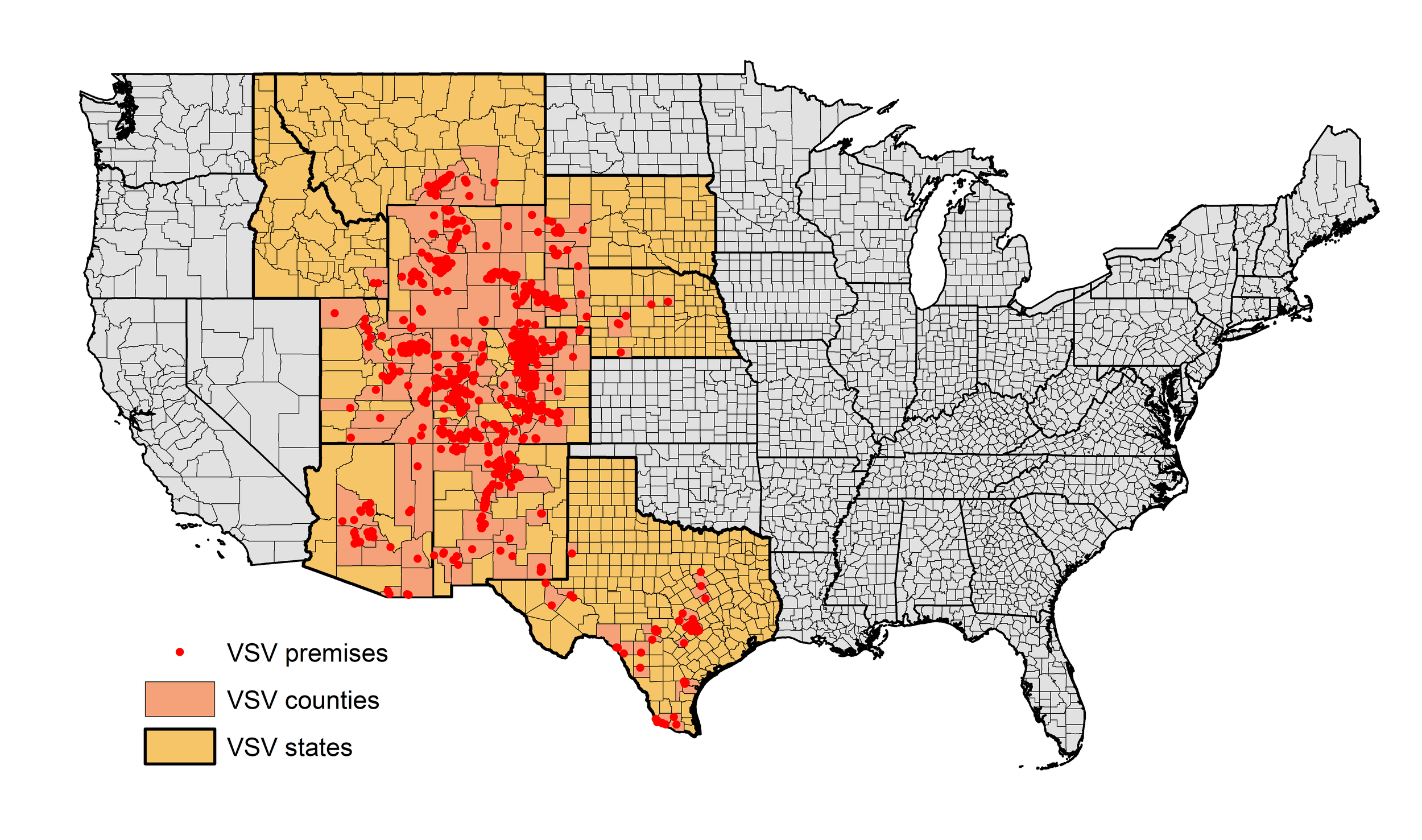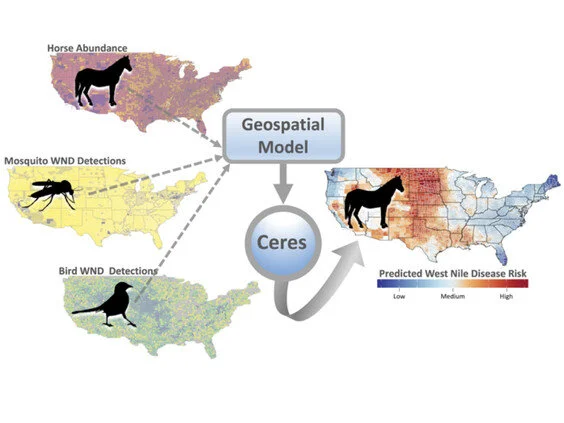Emerging and re-emerging infectious diseases (EIDs) are a major problem for agricultural production efficiency, commerce, and human health worldwide. Many EIDs are widely distributed and endemically maintained, and once introduced into a new region, can dramatically spread when the “conditions are right” (e.g., West Nile virus in the US). There is an urgent need to integrate epidemiological understanding about disease at local scales with an ecological understanding about the environmental drivers responsible for the spread of disease across its spatiotemporal domain. Developing early warning strategies for intervention and control of vector-borne diseases is challenging, yet imperative for these locally-intensive and geographically-extensive diseases with social and economic consequences. Vesicular Stomatitis (VS) is a model disease for the development of BDMI approaches because of the complexity of the system, transdisciplinary knowledge among our group and partners, online data repositories, and the availability of VS data through collaboration with USDA APHIS.
Vesicular Stomatitis (VS)
The utility of our approach is illustrated using vesicular stomatitis (VS), an infectious disease of livestock that leads to economic costs, quarantines, and restrictions in international trade.
West Nile
Our approach has been expanded to cover other vector-borne diseases that affect livestock such as West Nile Disease.


